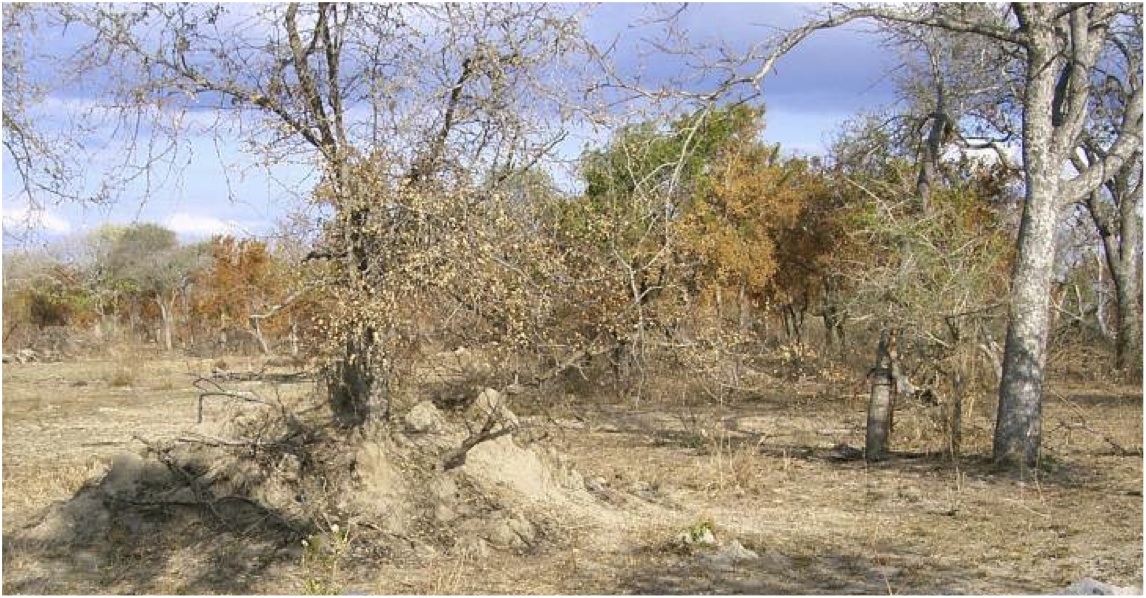
Size, Distribution of Termite Mounds Foretell Ecological Shifts from Climate Change in Africa's Savannas
Scientists have discovered that the size and distribution of termite mounds in South Africa can be used to predict ecological shifts from climate change. The research is published in the advanced online edition of Nature Communications.
"In Southern Africa, as in most parts of the world, soil properties strongly influence vegetation patterns –– but most of the time we can only infer soil properties because we cannot dig everywhere," said co-author Oliver Chadwick, professor of geography at UC Santa Barbara. "In this research, we were able to use the distribution of termite mounds to evaluate the controls on below-ground properties, and how their spatial differences affect plant distributions."
Mound-building termites in the study area of Kruger National Park in South Africa tend to build their nests in areas that are not too wet, nor too dry, but are well-drained, and on slopes of savanna hills above boundaries called seeplines. Seeplines form where water has flowed below ground through sandy, porous soil and backs up at areas rich in clay. Typically, woody trees prefer the well-drained upslope side where the mounds tend to locate, while grasses dominate the wetter areas down slope.
Using airborne imaging and structural analysis, scientists mapped more than 40,000 termite mounds over 192 square miles in the African savanna. They found that their size and distribution is linked to vegetation and landscape patterns associated with annual rainfall. The results reveal how the savanna terrain has evolved and show how termite mounds can be used to predict ecological shifts from climate change.
"These relationships make the termite mounds excellent indicators of the geology, hydrology, and soil conditions," commented lead author Shaun Levick of Carnegie Institution's Department of Global Ecology. "And those conditions affect what plants grow and thus the entire local ecosystem. We looked at the mound density, size, and location on the hills with respect to the vegetation patterns."
According to the scientists, the advantage of monitoring termite mounds in addition to vegetation is that mounds are so tightly coupled with soil and hydrological conditions that they make it easier to map the hill slope seeplines. Furthermore, vegetation cover varies a lot between wet and dry seasons, while the mounds are not subject to these fluctuations.
Related Links
Oliver Chadwick
Dept. of Global Ecology Carnegie Institution for Scienc



